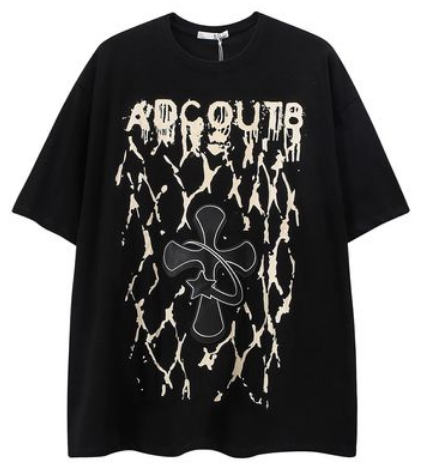Innovation in women’s clothing fabric technology can break the tradition and create unique designs through the following aspects:
1. Material combination: combining fabrics of different materials Make combinations, such as silk and linen, wool and cotton, to create unique textures and visual effects. For example, combining high-end silk with rough linen creates a unique contrast.
2. Printing and dyeing technology: Using advanced printing and dyeing technology to create unique patterns and color effects. Innovative technologies such as digital printing technology and carbon watermark dyeing can be used to achieve more refined and diverse patterns and color presentations. At the same time, you can also try special effects such as three-dimensional printing and heat transfer printing to add three-dimensionality and texture to the fabric.
3. Weaving technology: Through innovative weaving technology, different fibers or wires are interwoven and woven to create unique patterns, textures and textures. You can try three-dimensional weaving, embossing, embroidery and other techniques to make the surface of the fabric appear more three-dimensional and richer.
4. Decorative technology: Add decorative elements to the fabric, such as beads, sequins, embroidery, lace, etc., to increase the layering and visual effect of the fabric. These decorative elements can be applied to specific areas to create a unique visual focal point and focus.
5. Functional addition: adding functional elements to the fabric, such as waterproof, sunscreen, antibacterial, warmth and other special treatments, so that the fabric has more Practicality and comfort. For example, add UV protection treatments to summer women’s clothing, or add thermal insulation materials to winter women’s clothing.
6. Sustainable development: When selecting fabrics, pay attention to sustainable and environmentally friendly fabrics, such as organic cotton, recycled fibers, etc. At the same time, environmentally friendly fabric designs can also be created through processes such as recycled fiber and waste utilization.
Through the above innovative directions, women’s clothing fabric technology can break away from traditional constraints and create distinctive and unique designs to stand out in the market. At the same time, it is necessary to combine fashion trends and consumer preferences for precise positioning to meet the needs of different audiences.





